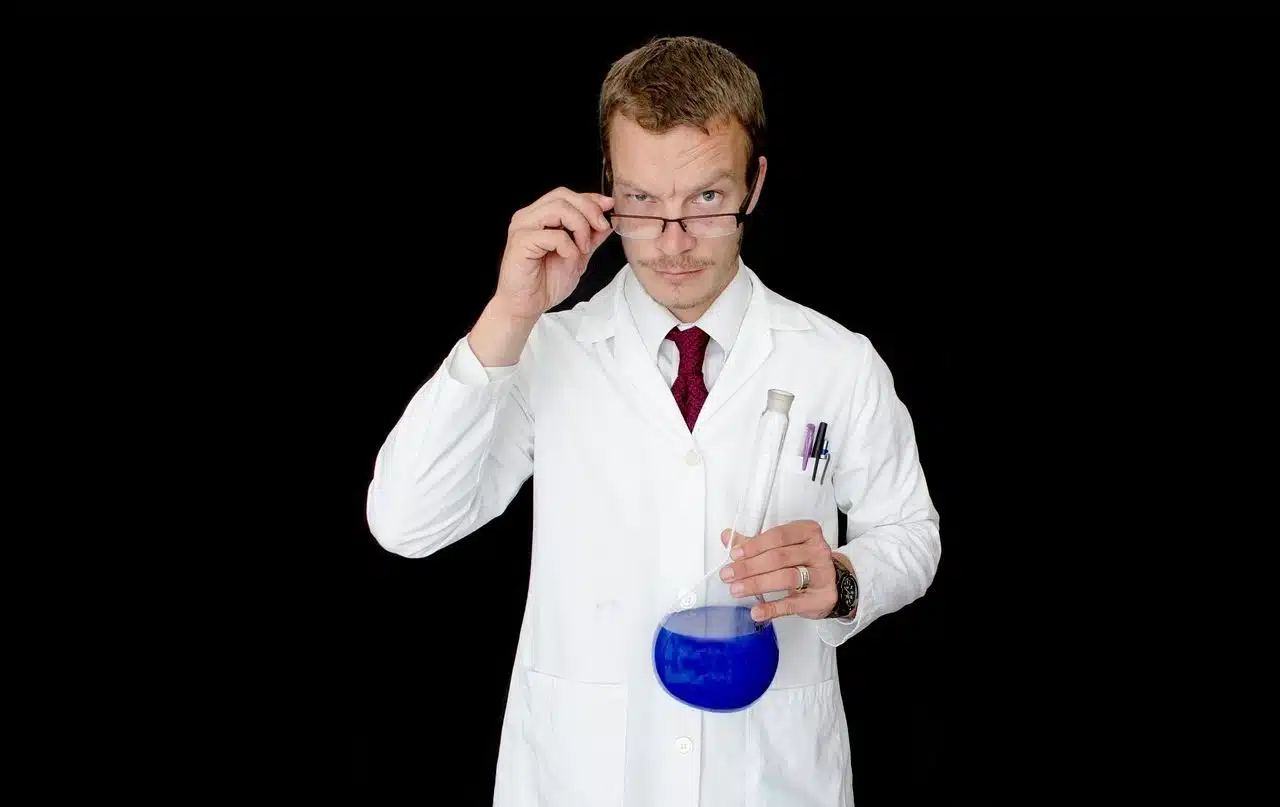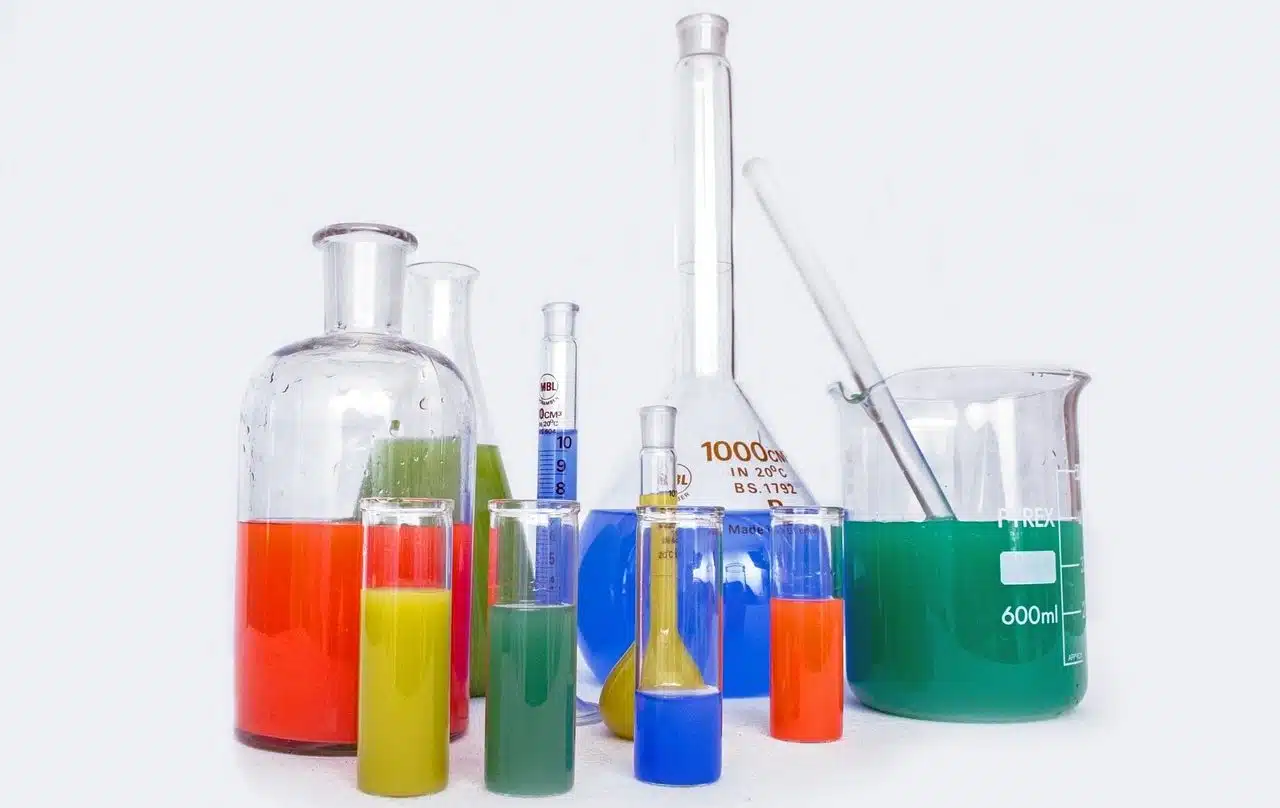
Inorganic chemistry studies substances and compounds that lack carbon.
Inorganic chemistry is that focused on simple substances and compounds whose molecules lack carbon . On the contrary, organic chemistry specializes in the study of substances with compounds that have carbon .
In other words, inorganic chemistry studies inorganic compounds and elements, which do not have carbon bonds. Experts in the field , therefore, study the structure, development and reactions of this class of substances.
It should be noted that chemistry is a science that derives from alchemy . It is a discipline that analyzes the structure, composition, properties and variations of matter. Depending on the object of study, we can distinguish between different specialties of chemistry.
It is important to note that the division between organic chemistry and inorganic chemistry derives from ancient times, when it was believed that living matter could not be created artificially. Over time it was discovered that organic compounds (formed by carbon) could be obtained in a laboratory . In this way, both branches of chemistry began to overlap. Thus, inorganic chemistry often studies carbides and bicarbonates , which are substances that do have carbon.
Compounds studied by inorganic chemistry
According to the structure of each inorganic compound, it is possible to divide them into binaries , which include anhydrides, metal hydrides , hydracids, volatile salts, metal oxides, peroxides, volatile hydrides and neutral salts; and ternary , where we find oxoacids, hydroxides and oxysalts .
Inorganic chemistry is part of our daily lives much more than we can imagine if we are outside the field of science; From cleaning products to the metals used to make the most popular items on the market, this branch of chemistry occupies a fundamental place for most people.

The elements of inorganic chemistry are present in multiple areas.
Some of the most used substances
More specifically, the following are some of the most important compounds and substances both biologically and commercially:
- Potassium and ammonium nitrate , sulfates and phosphates, among other various fertilizers.
- Hydrogen peroxide , ammonia, salfuman, bleach (also known as bleach) and many other solvents and everyday substances.
- Various gases in the atmosphere, among which are nitrogen, sulfur and nitrogen oxide, carbon dioxide and oxygen itself.
- The total of metals and their alloys.
- The glass used to manufacture parts of televisions, bottles and windows, among other items of mass use.
- Ceramics found in a wide range of products, whose application covers both household items and the aerospace industry (which is responsible for designing, manufacturing, marketing and maintaining all types of aircraft).
- Calcium carbonate is found in our own bones.
- Silicon microchips used in the computing industry, essential in modern life.
- Fiber optic cables, capable of offering very high data transmission speeds with great stability.
- Liquid crystal displays (LCD), used in a large part of mass consumption televisions and monitors.
- A wide number of catalysts (substances used to increase the speed of a chemical reaction ) important for industry.
- Another of the most common examples of the presence of inorganic chemistry in the home is salt , one of the basic condiments for most foods. This compound, more precisely sodium chloride, does not have the sole objective of improving or intensifying the flavor of our dishes, since it also offers us benefits in terms of the health of our bones and the functioning of the nervous system.
